Are Doppelgangers real? A seemingly mysterious question, yet something both the scientific community and myth (okay, maybe you too) agree on is that Yes, there is truly something called Doppelganger.
And trust me when I say you are not the only one ever to encounter someone who sends shivers down your spine due to their striking resemblance to you.
This article dives into the true nature of a Doppelganger, how it is possible, and maybe some quirky proof that you are safe even if the legends are true!
Are Doppelgangers Real? A Definite Answer

But first, what is a Doppelganger?
A German term, "Doppelganger," literally translates to "double-goer." These are individuals who bear an uncanny resemblance to you, almost like body doubles, yet they share no genetic or familial ties. They are a person that looks like you, but not you.
In German folklore, a Doppelganger is seen as a ghost or apparition of a living person. The concept of a spirit double, an exact but usually invisible replica of every living being, is an ancient and widespread belief.
Encountering one's double is often considered an omen of impending death. As a result, "Doppelganger" has become a prominent symbol in the horror genre, signifying eerie and unsettling occurrences.
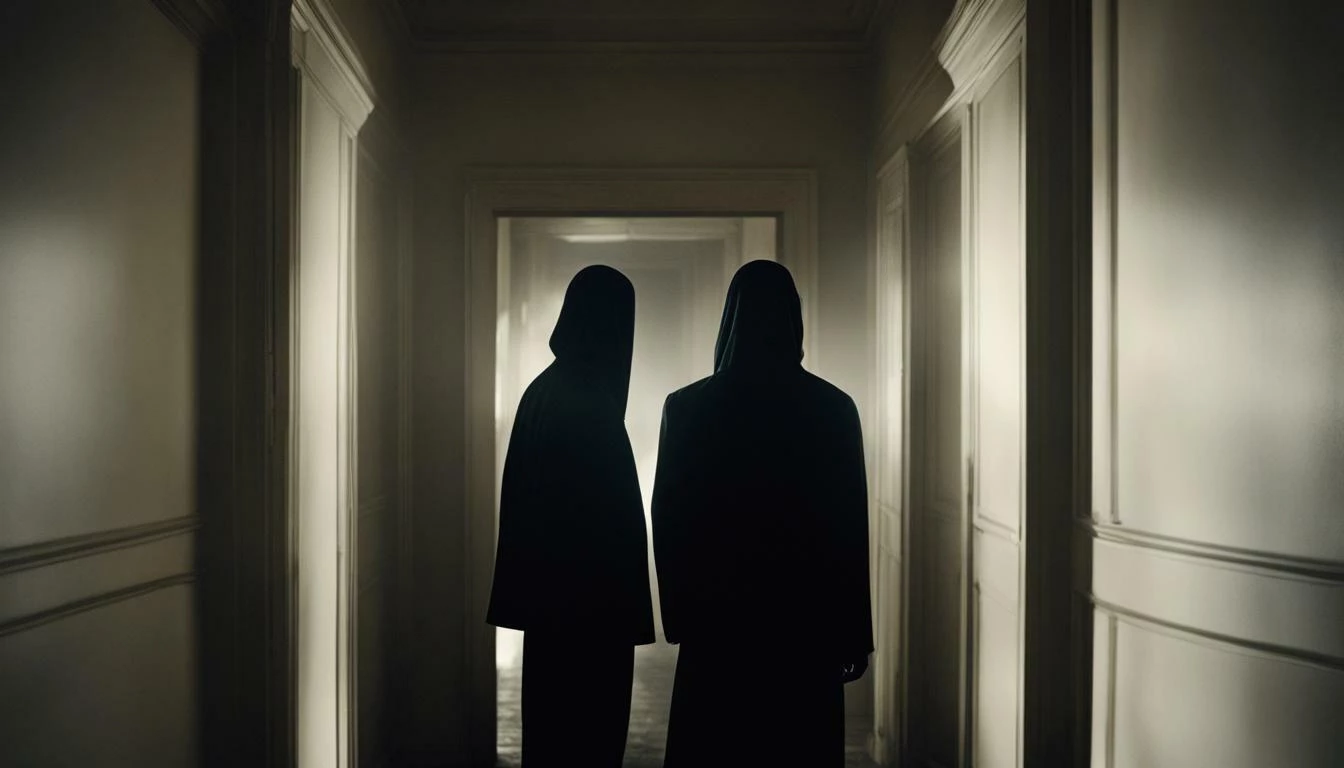
How Does Science Define This Phenomena?
Just like folklore, scientists, generally speaking, consider Doppelganger an exact copy of yours without being in your lineage. What that means is that they also have your same build, height, facial structure; same eyes, same noses, along with every other detail, someone who looks like you.
Take a look at this:
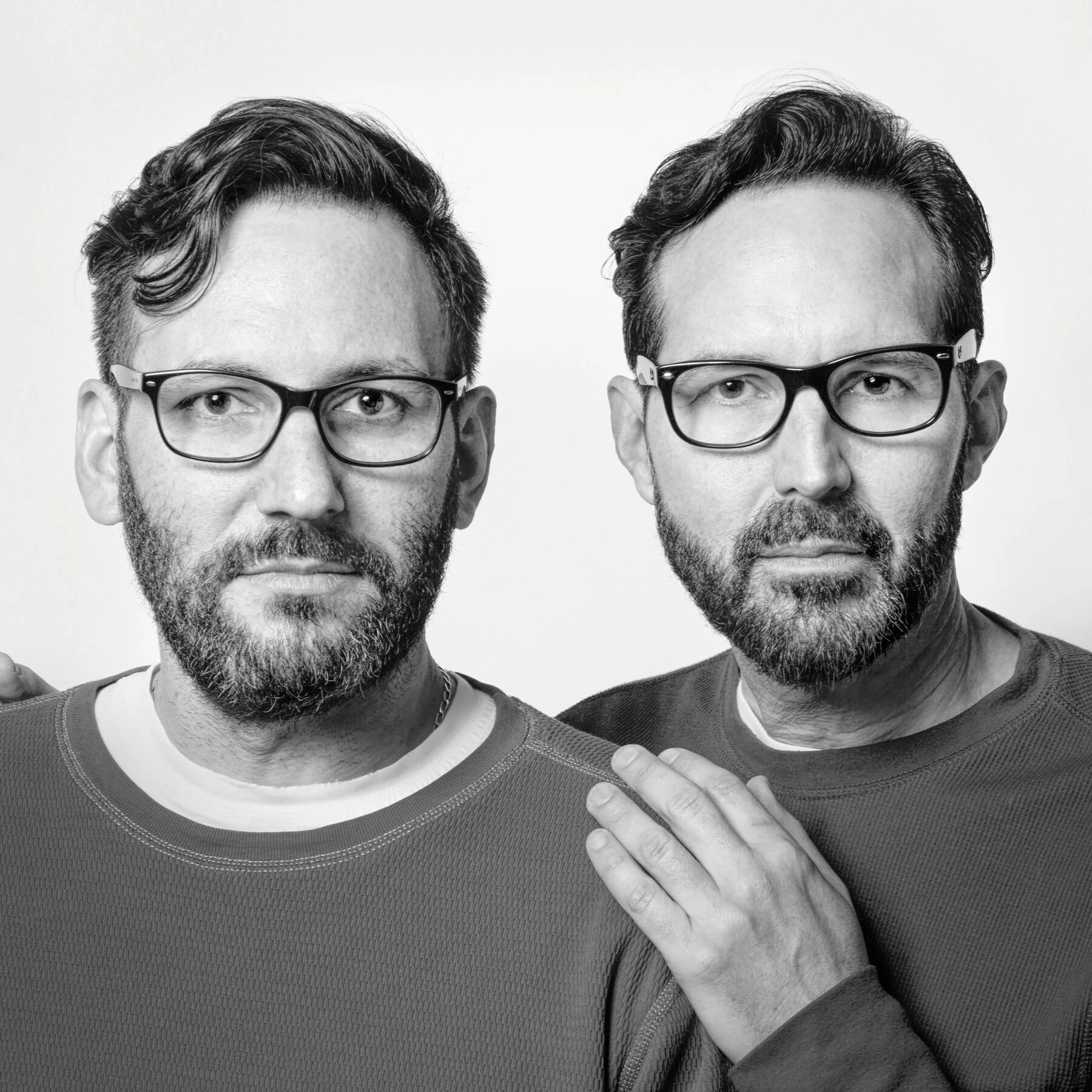
At first glance, you will think that these two men look uncannily similar like they are twins or, may I, an exact pair of Doppelgangers. However, that’d be far-fetched here because when you really zoom in on their features, you soon notice that their noses are not really the same, even their eyes and brows structures are also pretty different.
There are indeed similarities between these two men, however, it is also the photographer’s intent to make them appear more alike than they are for his artistic purpose.
That’s why, I’m saying…
You Are Much Safer Than You Think

Even if you believe in the Doppelganger curse. That is, after excluding every other that seemingly looks like you but is not an exact copy, we are left with, if lucky, a handful of individuals amongst 8 billion people on Earth.
This is proven mathematically by Ph.D. student, Teghan Lucas at the University of Adelaide. By delving into mathematical equations, she unearthed a remarkable revelation.
Through the analysis of eight distinct facial metric traits, she calculated that the likelihood of encountering two faces with identical measurements within the entire population was less than one in a trillion. This groundbreaking study found its home in the prestigious pages of the journal Forensic Science International.

Combine it with the general consensus that we will meet about 80,000 people in our lifetime (thanks extroverts, I believe mine will be lower), and the probability of you meeting your Doppelgangers is nigh impossible. With that number, you can believe that if there is indeed a copy of you on Earth, they might even be long dead or yet to be born.
But, again, there are billions of people walking Earth every day, and while most of us won’t see any double in our lifetime, there must be a point in history when a pair does collide, right?
Shivering Doppelganger Encounters In History
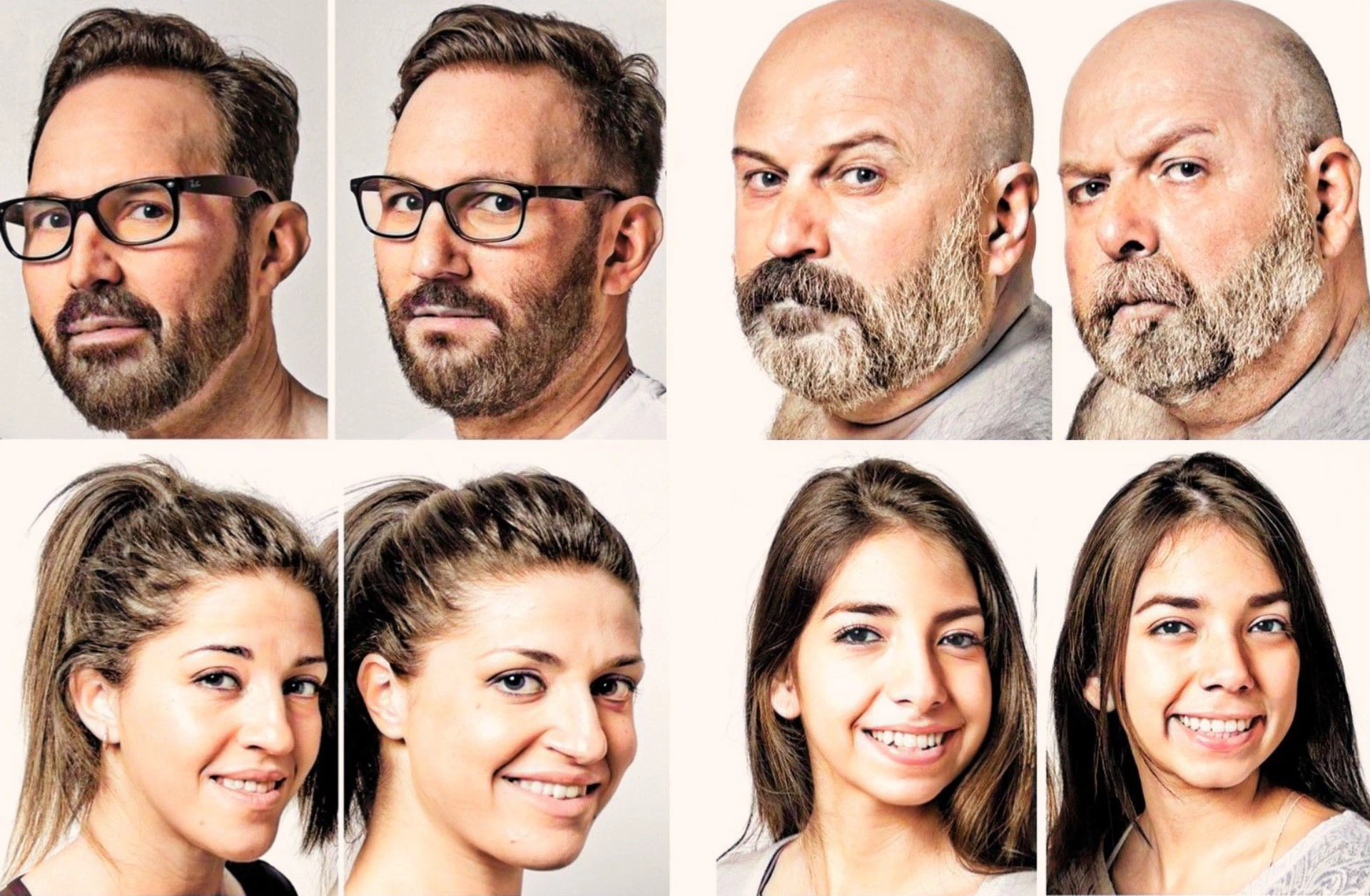
We don’t know if someone ever met their exact copy and how they reacted, but there are records of people meeting someone who seemingly looked like them too much that left an undisputable mark in their memory.
Below are some of the most famous real-life stories about this phenomenon:
Guy de Maupassant, the renowned French novelist, penned the eerie short story "Lui?" ("He?") in 1889, inspired by a disconcerting encounter with his doppelganger.
While crafting this tale, de Maupassant shockingly claimed that his own body double materialized in his study, seated beside him, and proceeded to dictate the very story he was composing. In "Lui?", the narrative unfolds through the perspective of a young man on the verge of madness, tormented by glimpses of what appears to be his own doppelganger.
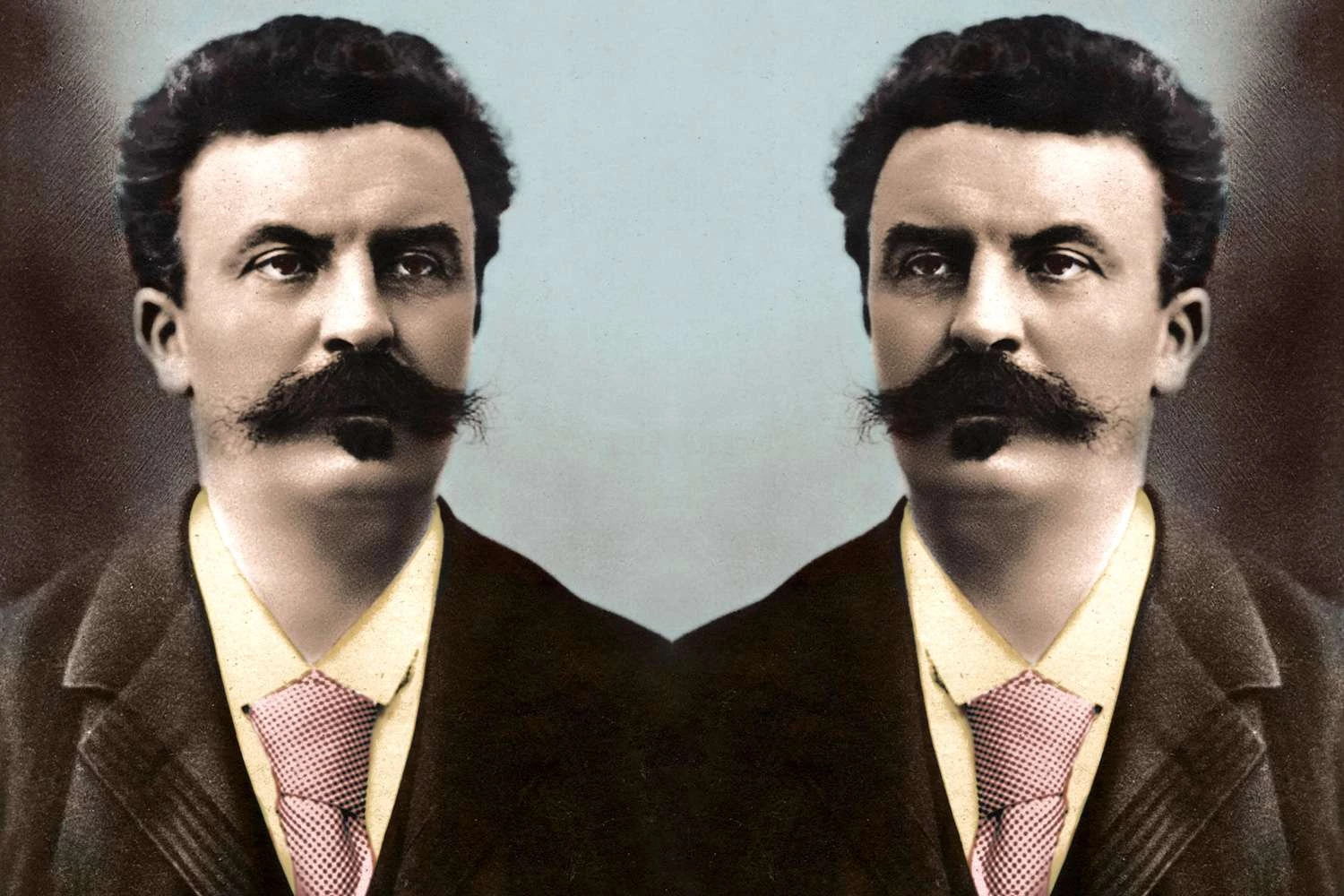
De Maupassant's fascination with doppelgangers foreshadowed his own tragic fate. In the twilight of his life, he was institutionalized in 1892 after a suicide attempt, succumbing to death the following year.
Some speculate that his Doppelgangervisions might have been symptomatic of the mental illness resulting from syphilis, a disease contracted during his youth.
John Donne, the illustrious 16th-century English poet renowned for his metaphysical works, claimed to have encountered his wife's Doppelganger during a stay in Paris.
This spectral p cradled a newborn baby, coinciding with Donne's wife's pregnancy. Tragically, this apparition heralded sorrow, as it coincided with the birth of a stillborn child.

This tale first surfaced in a 1675 biography of Donne, well over four decades after his death. Another friend of Donne's, the English writer Izaak Walton, recounted a similar story but with disparities in crucial details. Scholars have cast doubt on the authenticity of both accounts.
Johann Wolfgang von Goethe, the esteemed 18th-century German poet, recounted a Doppelgangerexperience in his autobiography "Dichtung und Wahrheit" ("Poetry and Truth").
While visiting Friederike Brion in the city of Drusenheim, Goethe was emotionally engrossed when he suddenly beheld a man garbed in a gray suit adorned with gold trim. This enigmatic p materialized briefly before vanishing.

Eight years later, while retracing the same path to visit Friederike, Goethe realized he was donning the same gray and gold-trimmed suit he had witnessed on his Doppelganger earlier. This recollection provided solace to Goethe after parting ways with his beloved.
In the early 17th century, an astounding case of bilocation unfolded at the Isolita Mission in what is now New Mexico. Father Alonzo de Benavides encountered Jamano Indians who, despite never encountering Spaniards before, practiced Roman Catholic rituals, bore crosses, and possessed knowledge of Catholic liturgy in their native tongue.
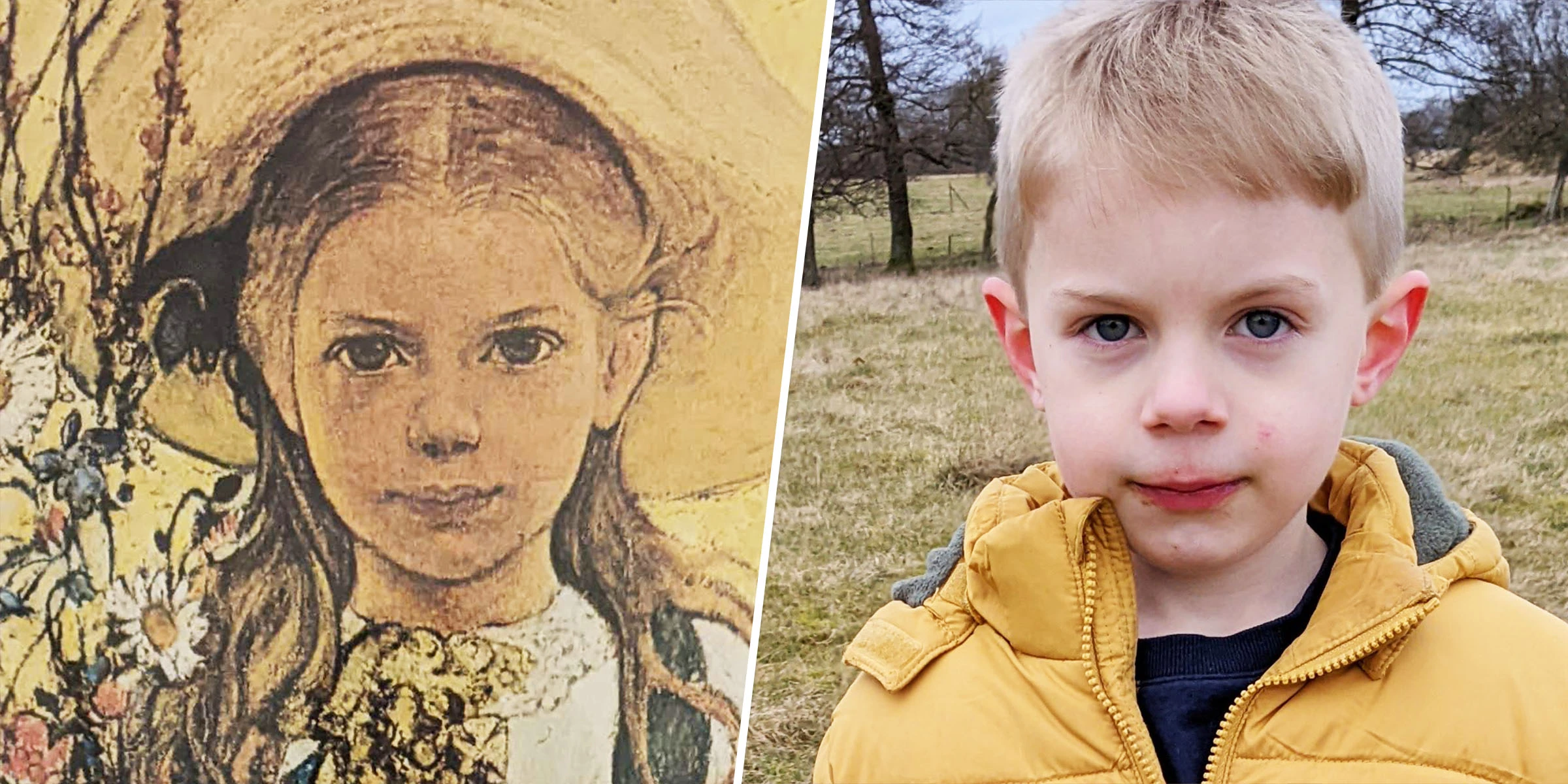
These Indians revealed that they had been instructed in Christianity by a lady in blue who visited them for years, teaching them this newfound faith in their language.
Father Benavides traced this astonishing phenomenon to Sister Mary of Jesus in Agreda, Spain. Sister Mary claimed to have converted North American Indians, not physically, but spiritually.
Sister Mary described falling into cataleptic trances, during which she experienced vivid "dreams" transporting her to an unfamiliar, untamed land, where she imparted the gospel.
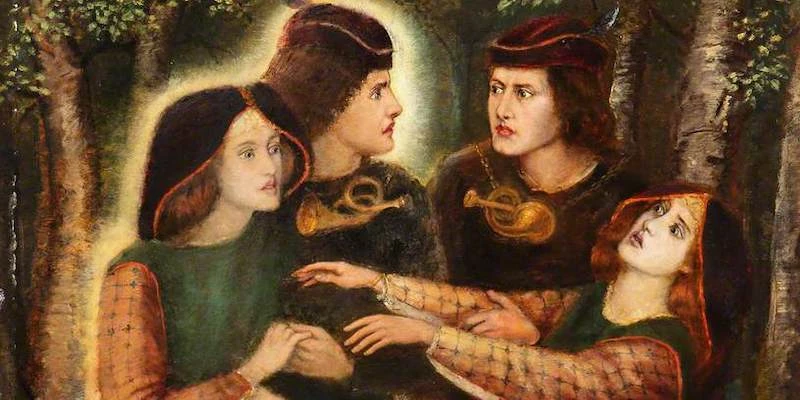
As evidence of her extraordinary claim, she offered remarkably detailed descriptions of the Jamano Indians, encompassing their appearance, attire, and customs—information she couldn't have gleaned through research, given the recent European discovery of these tribes.
When asked how she learned their language, Sister Mary simply replied, "I didn't; I merely spoke to them, and God allowed us to understand each other."
Many believe that Sister Mary transformed her spirituality through her Doppelganger, who lived in ancient New Mexico.
In Summary: Are Doppelgangers Real?
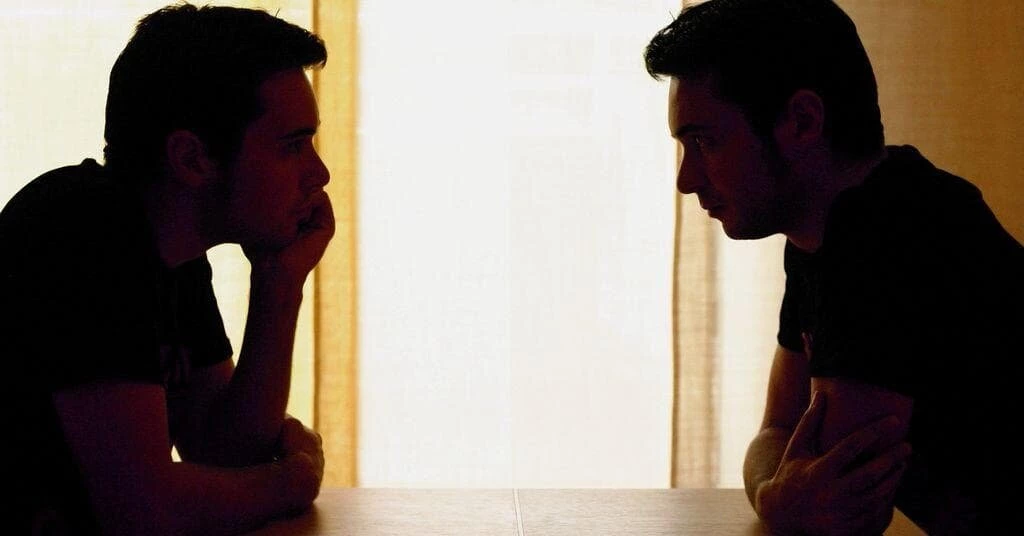
To recap, yes, Doppelgangers do exist, but based on the folklore and scientific definition, it is nigh impossible for you to stumble upon one in your entire lifetime. Even if you meet them, it’s also unlikely that you will suffer a horrible death like what legends told you.
Having said that stories about Doppelgangers are a great source of mystery that continues to excite and evoke curiosity in the best of us, So enjoy them, while looking at your screen to your reflection and give it a smile :).
We will see you around.